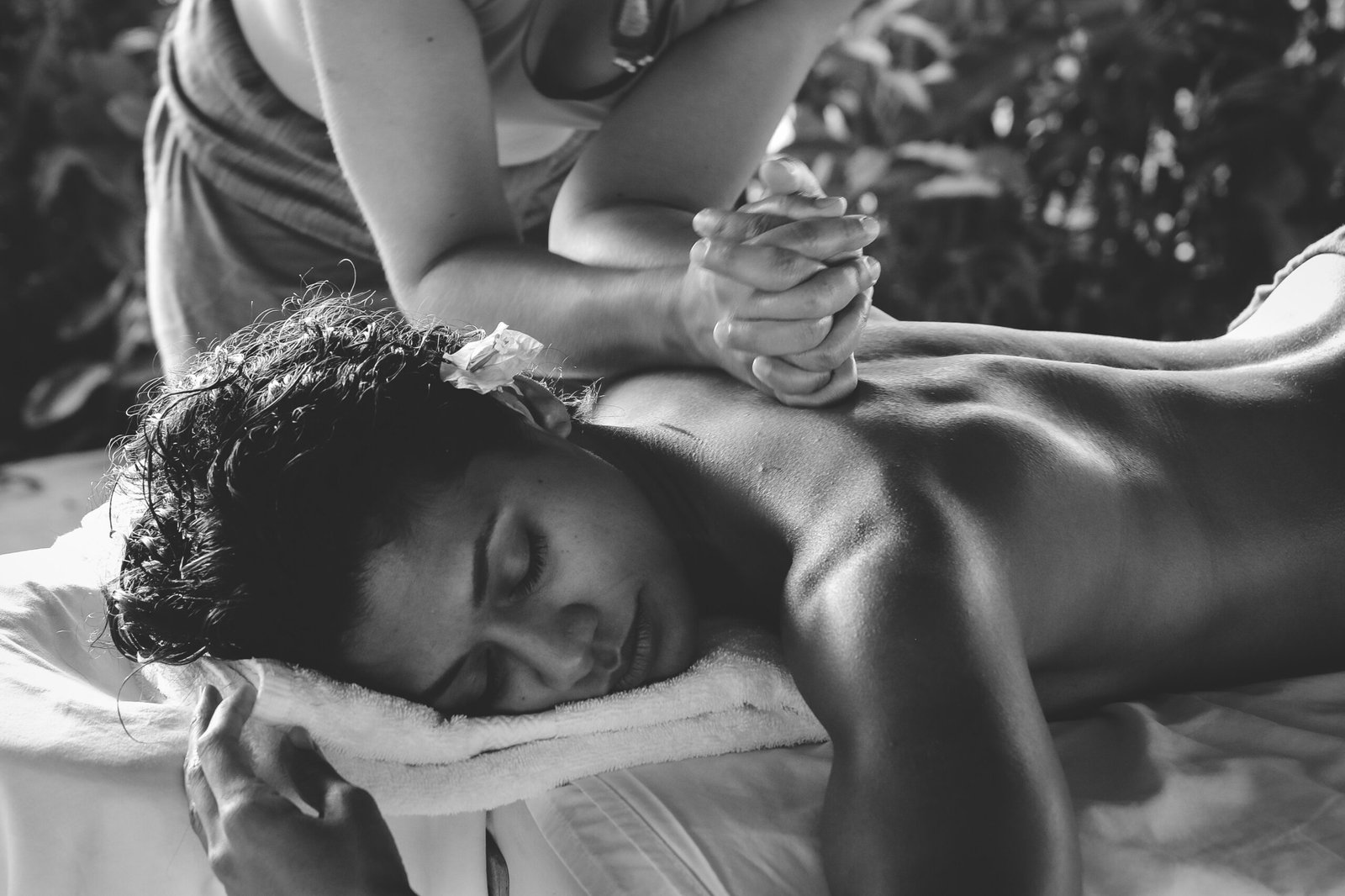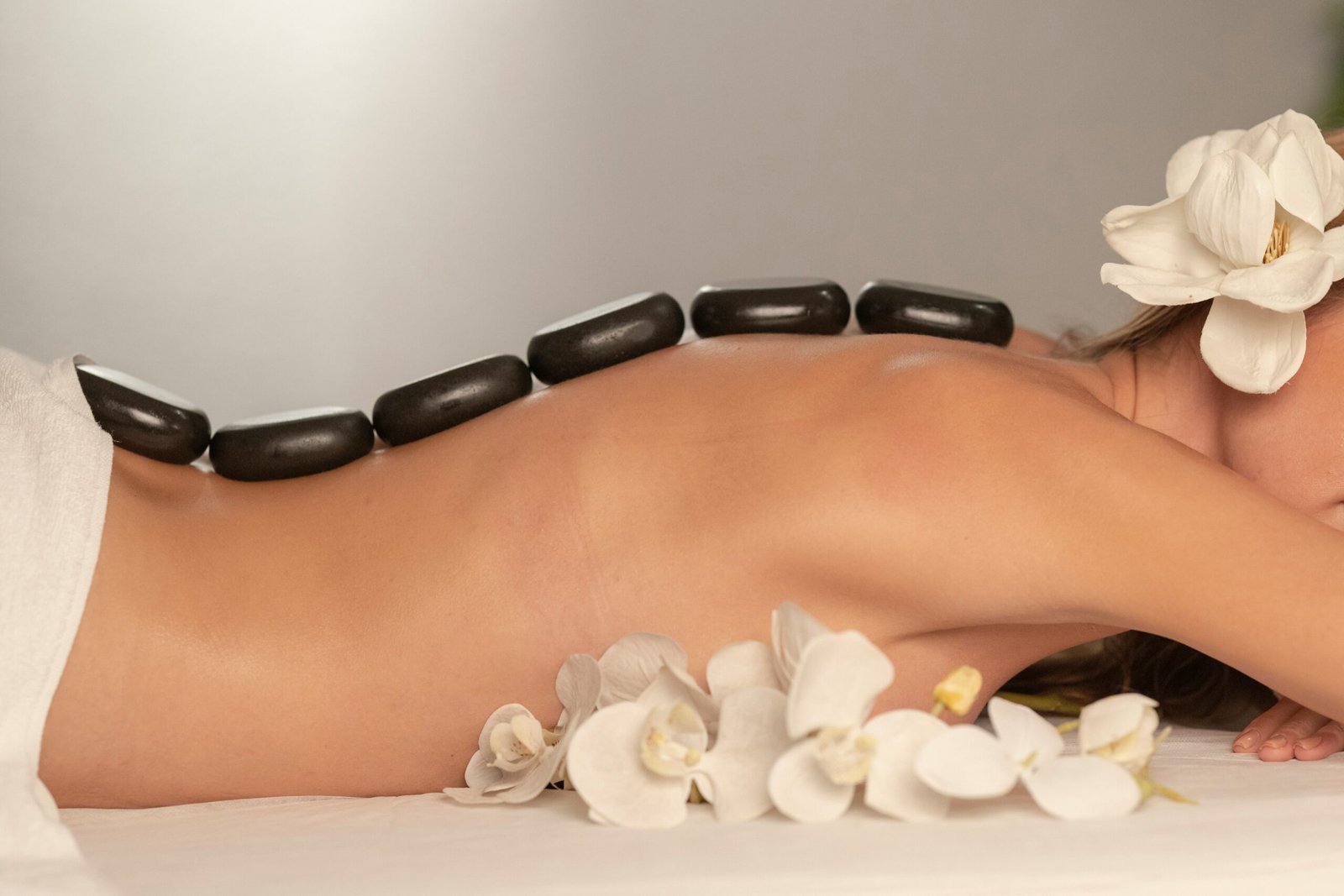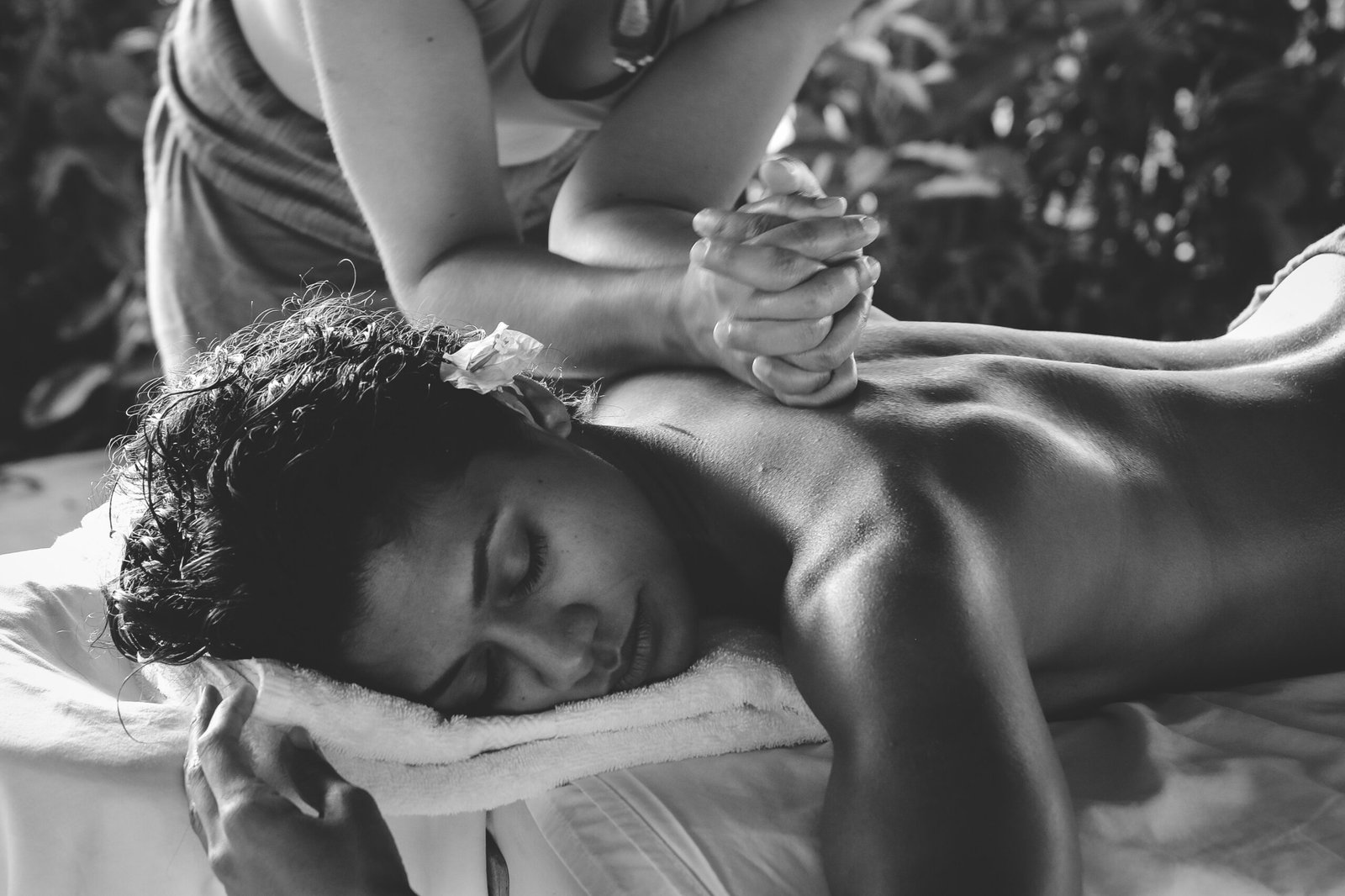Essential Preparations Before Your Massage: A Complete Guide

Understanding the Benefits of Massage
Massage therapy presents a multitude of benefits that extend beyond mere relaxation. Physically, it serves to alleviate muscle tension, enhance flexibility, and promote overall body function. The application of varying pressure and techniques during a massage can effectively stimulate blood circulation, delivering essential nutrients and oxygen to the muscles and tissues. As a result, clients often experience reduced soreness and a noticeable improvement in mobility following their sessions. Furthermore, regular massages can be integral in managing chronic pain and aiding in recovery from injuries.
On a mental level, massage therapy is lauded for its ability to relieve stress and anxiety. The soothing touch of skilled hands can trigger the body’s relaxation response, leading to a decrease in cortisol levels – the hormone associated with stress. This reduction fosters a sense of calm and tranquility that can last beyond the duration of the session. In addition, massage often induces a meditative state, allowing individuals to experience clearer thinking and a more positive outlook, which can be particularly beneficial in today’s fast-paced environment.
Emotionally, the impact of massage therapy cannot be understated. Many people find that regular massage helps to improve mood and emotional well-being. The physical connection achieved through massage can enhance feelings of safety, comfort, and emotional release. It also provides an opportunity for individuals to be mindful, focusing on their bodies and sensations, which contributes to improved self-awareness and emotional stability. By understanding these multifaceted benefits, individuals can appreciate the significance of preparing for their massage session, ensuring they achieve the maximum advantage from their therapy.
Choosing the Right Massage Type
Massage therapy offers a variety of techniques, each tailored to address different needs and preferences. Understanding the distinct characteristics of these types can greatly enhance your overall experience and effectiveness of the session. Among the most popular forms of massage are Swedish, deep tissue, and aromatherapy, each serving different purposes and clientele.
Swedish massage is one of the most common techniques, renowned for its gentle, relaxing strokes. This type primarily focuses on promoting relaxation, improving circulation, and easing muscle tension. It is often recommended for those new to massage therapy or seeking overall stress relief. The techniques employed generally involve long, sweeping movements and kneading, providing a soothing experience that can help calm the mind and body.
On the other hand, deep tissue massage delves deeper into the muscle layers, specifically targeting chronic pain and tension. This method utilizes firmer pressure and slower strokes, making it particularly suited for individuals dealing with long-term muscle issues or injuries. It is essential, however, to communicate discomfort levels during the session, as deep tissue techniques can sometimes be intense.
Aromatherapy massage integrates essential oils with traditional massage techniques, enhancing relaxation and therapeutic benefits. The choice of oil—whether calming lavender or invigorating citrus—can profoundly affect emotional and physical well-being, catering to various emotional or health needs. This type of massage is ideal for those seeking a sensory experience in conjunction with bodywork.
Ultimately, the best choice of massage type depends on individual preferences and specific wellness objectives, whether it is relaxation, pain management, or emotional healing. It is recommended to consult with a trained therapist to determine the most appropriate style for your needs. This thoughtful approach to selecting the massage type can ensure a more personalized and effective experience.
Preparing Your Body and Mind
Proper preparation before a massage session can significantly enhance the overall experience and effectiveness. One key aspect of this preparation is staying adequately hydrated. Drinking sufficient water before your appointment helps maintain optimal fluid balance in the body, which can aid in muscle recovery and promote relaxation. Aim to hydrate throughout the day leading up to your massage, but avoid excessive intake immediately before your session to prevent discomfort during the procedure.
In addition to hydration, consider your nutritional intake prior to the massage. Eating light meals is advisable; heavy or greasy foods can lead to feelings of lethargy and discomfort during your treatment. Opt for a balanced meal that includes easily digestible proteins and carbohydrates, such as a salad with grilled chicken or a light smoothie. Allow for adequate time between your meal and massage—ideally, two hours—so that you feel comfortable lying down during the session.
A further element of preparation involves being mindful about your physical activity before a massage. Engaging in heavy exercise or strenuous activities may lead to soreness or fatigue, counteracting the benefits of your massage. Instead, choose lighter forms of movement, such as walking or gentle stretching, to prepare your body without overexerting it.
Lastly, take some time to center your mind prior to the appointment. Engaging in mindfulness practices, such as deep breathing exercises or short meditations, can enhance relaxation and mental clarity. Spend a few minutes focusing on your breath, inhaling deeply, and exhaling slowly. This practice can help you arrive at your massage feeling calm and ready to fully engage in the experience, ultimately maximizing its benefits.
What to Expect During the Massage Experience
Understanding what to expect during a massage session is essential for both new and returning clients. When you arrive at the massage therapy center, the first step involves checking in and possibly filling out a health questionnaire. This questionnaire is designed to capture your medical history and any specific conditions that may affect the massage. After this process, a consultation with your therapist will take place. This is a vital interaction where you can discuss your preferences, areas of tension, and any specific concerns you may have.
Effective communication is crucial for a positive massage experience. Be open about your comfort levels regarding pressure, potential discomfort, and your expectations for the session. Your therapist may ask questions about your lifestyle, stress levels, and any injuries. This dialogue helps tailor the massage to your needs, ensuring the techniques employed will be beneficial and enjoyable. Remember, a good therapist encourages feedback throughout the session, allowing adjustments to be made for your comfort.
Once the consultation is complete, your therapist will lead you to the treatment room. You will be instructed on how to position yourself on the massage table, typically undressed to your comfort level under the provided sheets. During the massage, various techniques may be implemented, from Swedish relaxation styles to deep tissue methods, depending on your preferences. The room is usually dimly lit and may include soothing music or aromatherapy to enhance relaxation. As the session progresses, focus on your bodily sensations and communicate any discomfort promptly.
Being prepared mentally and physically will not only increase the effectiveness of the massage but also nurture a trusting relationship with your therapist. Understanding what to expect can significantly reduce anxiety and contribute to a fulfilling wellness experience. Remember that each session is a personal journey towards relaxation and rejuvenation, designed specifically for your unique needs.



